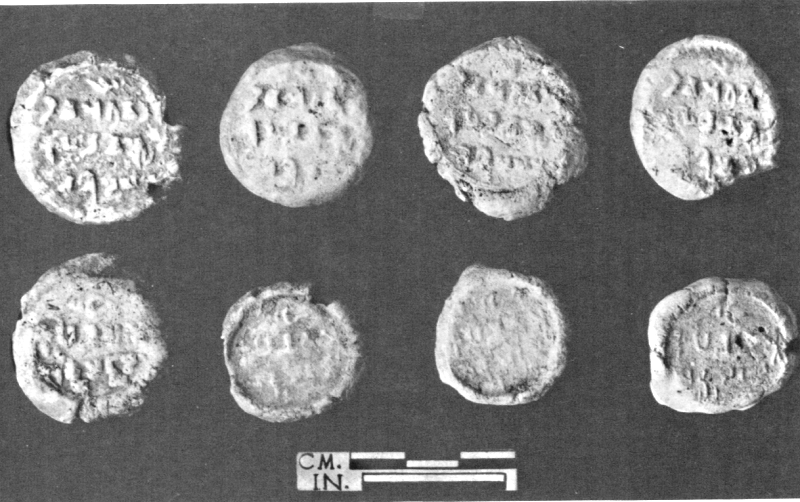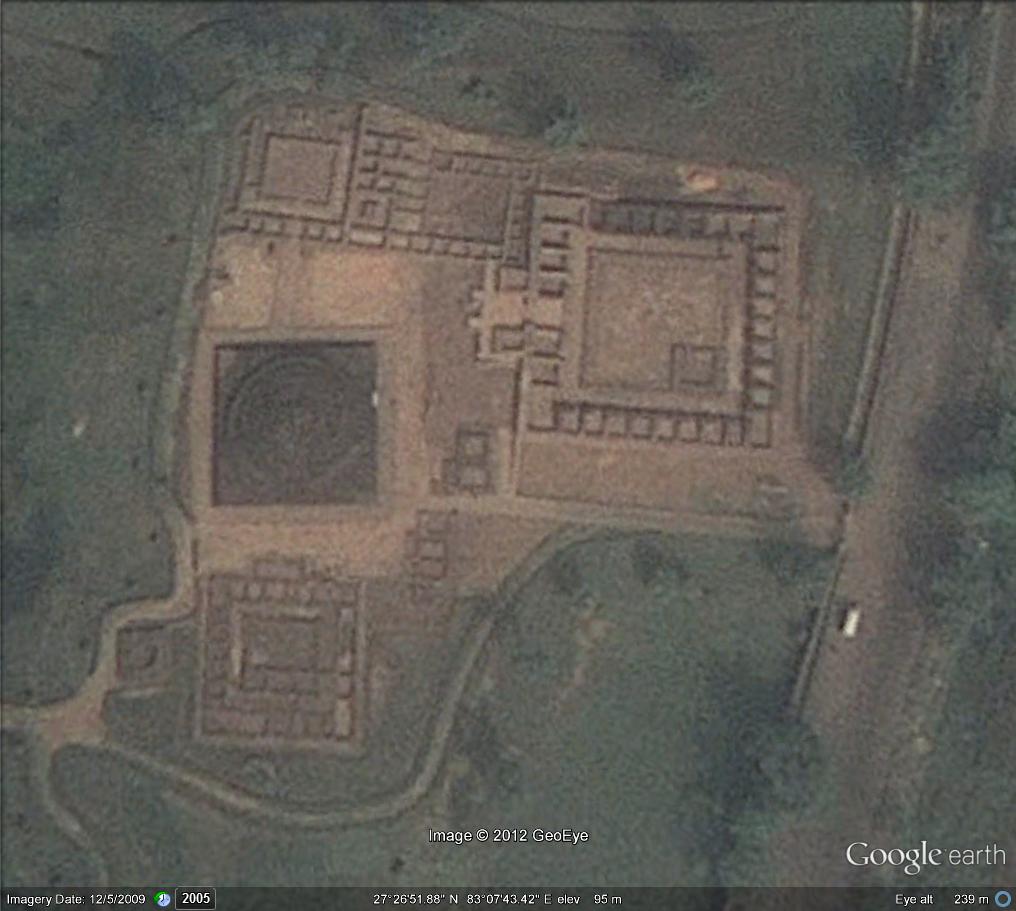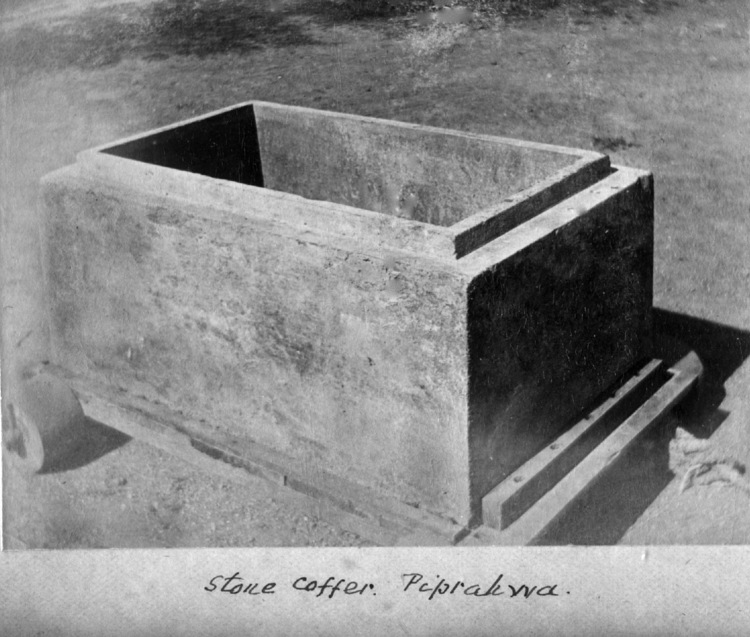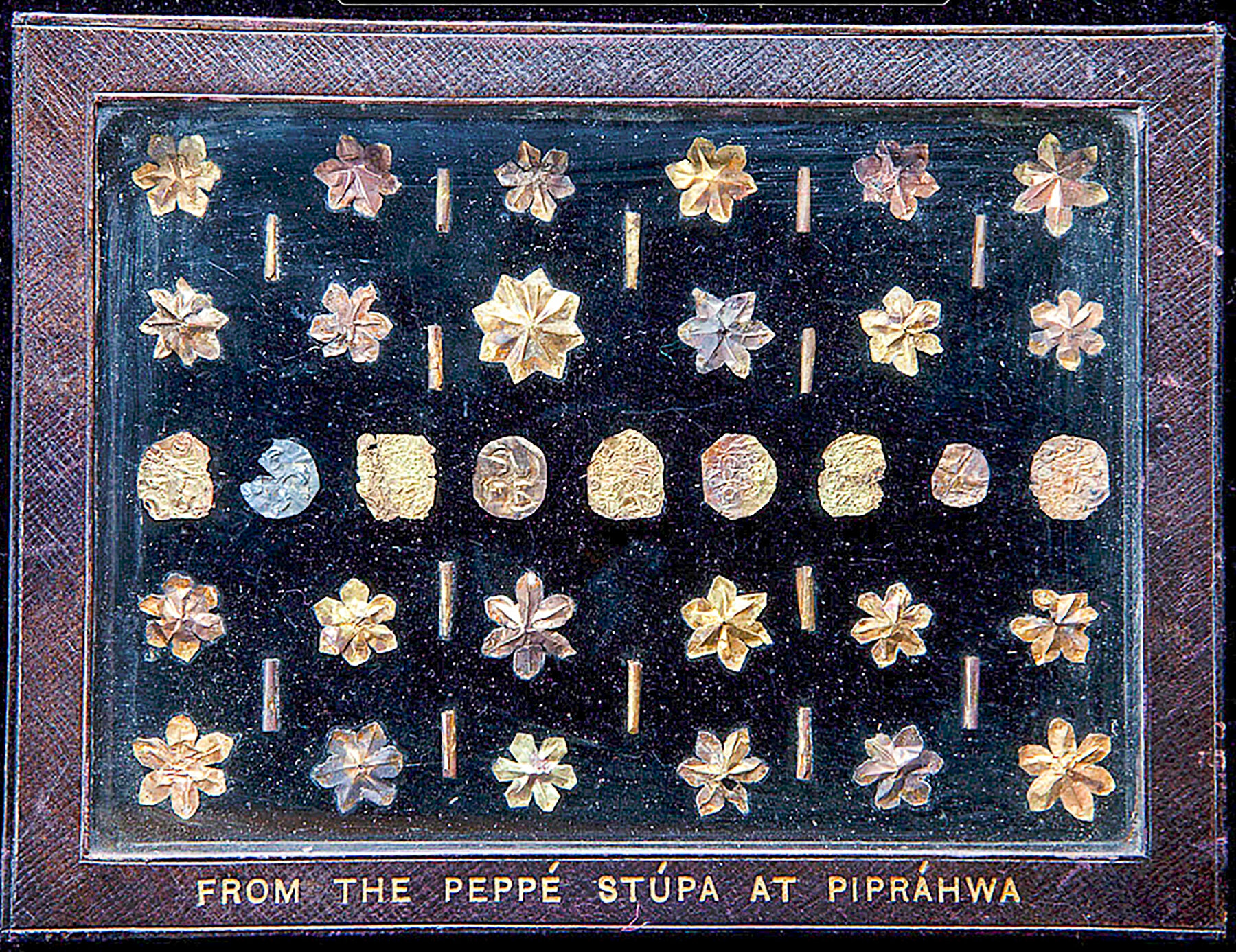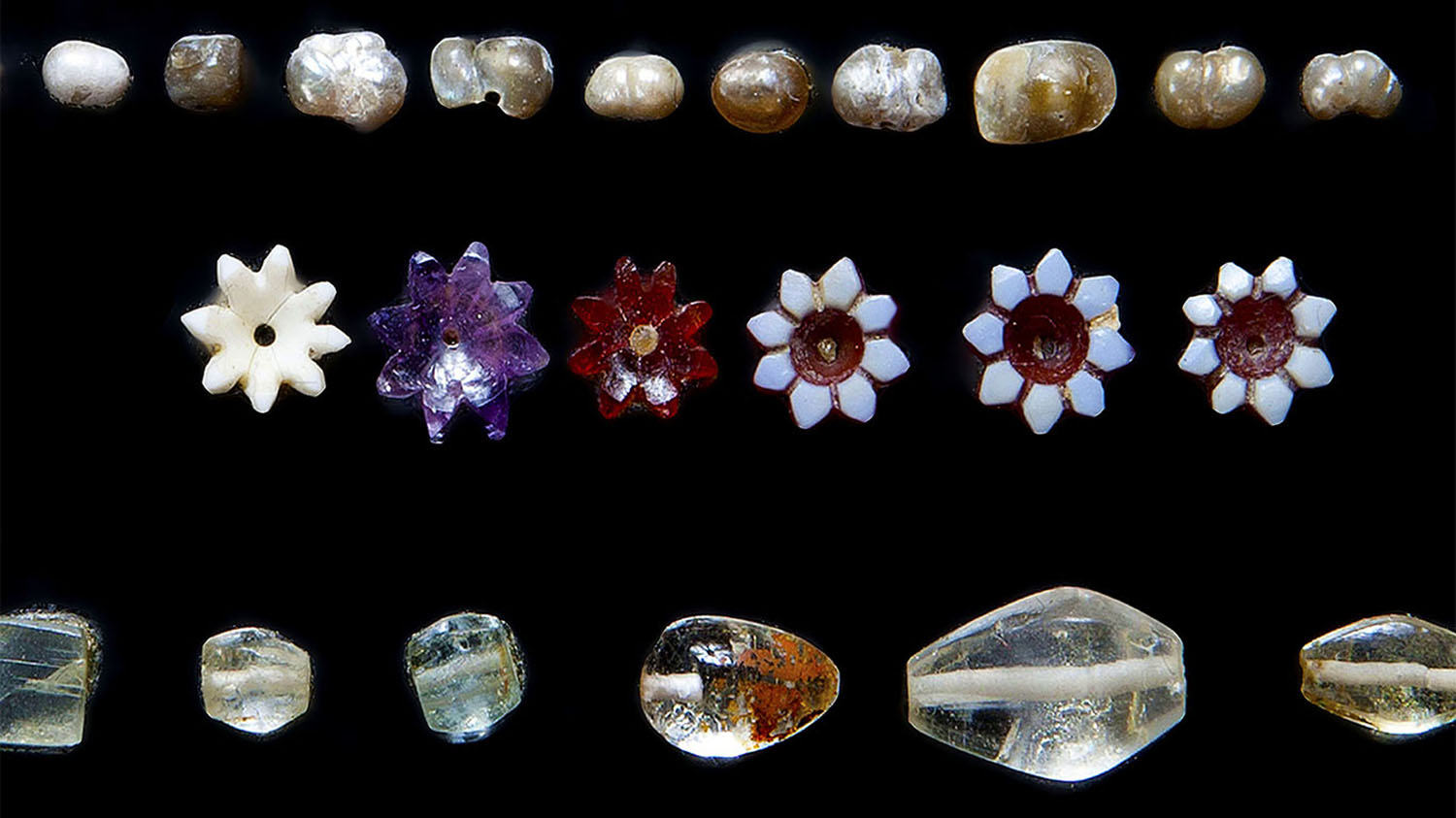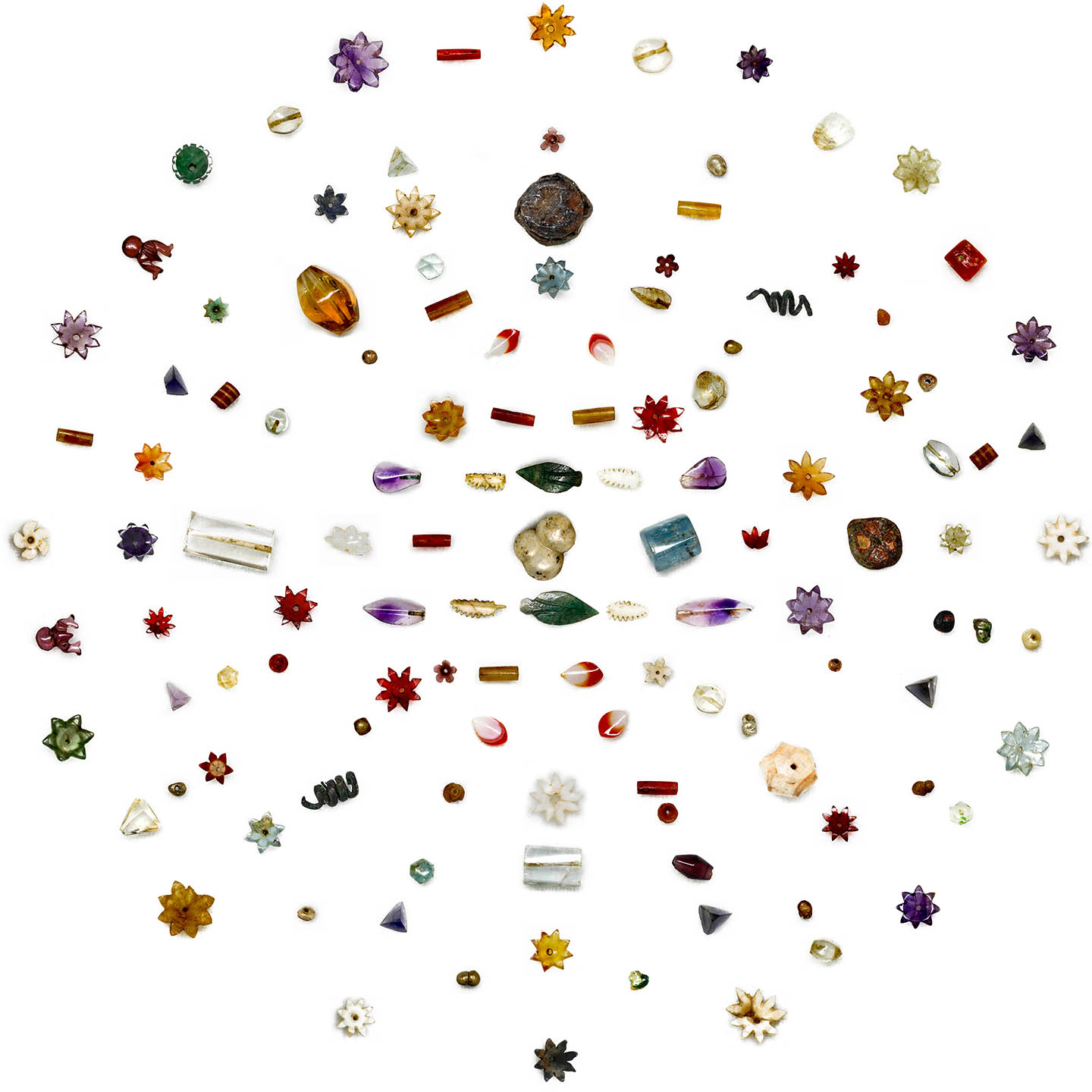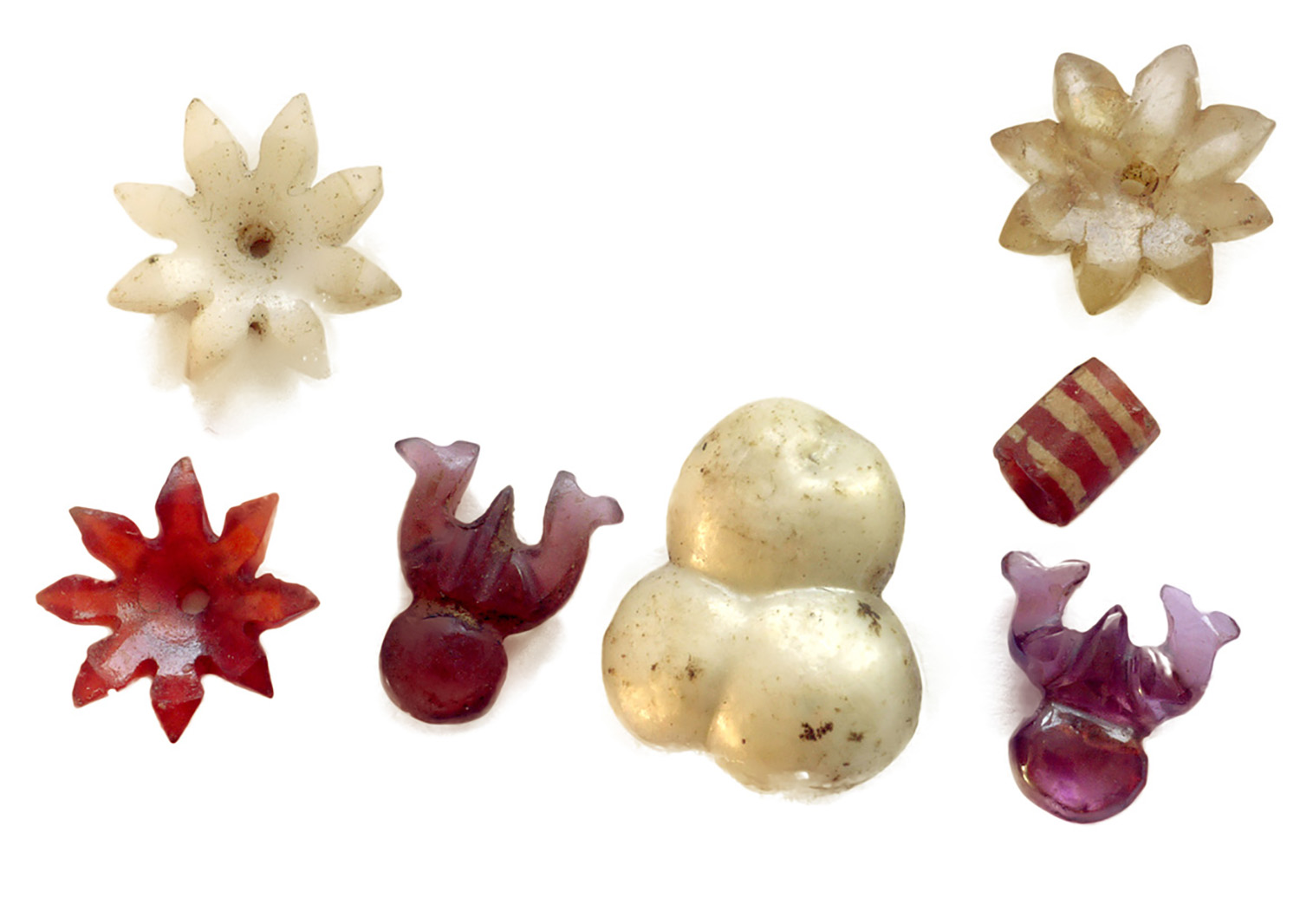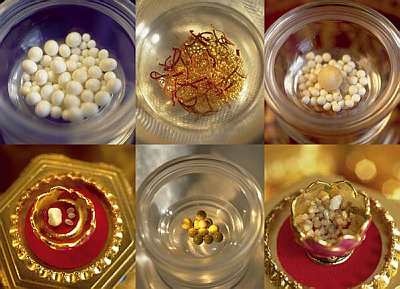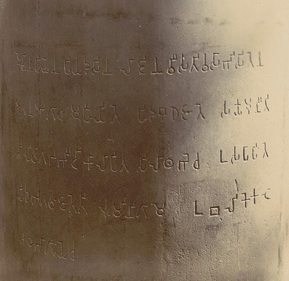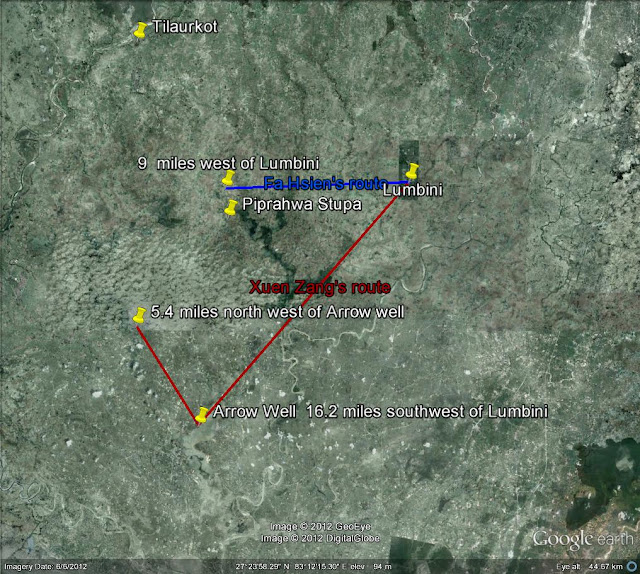Here is one of the largest Unknown Historical fact about Buddhism.
The Bones of Buddha were found in Piprahwa, UP,India.
The casket was discovered in the year 1898 by William Claxton Peppe at Piprahwa, Basti, UP, India.
William Claxton Peppe was a British colonial engineer and landowner of an estate at Piprahwa. In January 1898. Following the severe famine that decimated Northern India in 1897, Peppe led a team in excavating a large earthen mound on his land. Having cleared away scrub and jungle, they set to work building a deep trench through the mound. After digging through 18 feet of solid brickwork, they came to a large stone coffer which contained five small vases containing bone fragments, ashes and jewels.
THIS is what they found,

The casket found was inscribed in Mauryan Brahmi script and it reads,
'सुकितिभतिनं सभागिनिकं सपुतदलं यम सलिलनिधेन बुधसा भगवते सकियानम्'.
Sukiti-bhatinaṃ sabhaginikanam sa-puta-dalanam iyaṃ salila-nidhane Budhasa bhagavate sakiyanam.
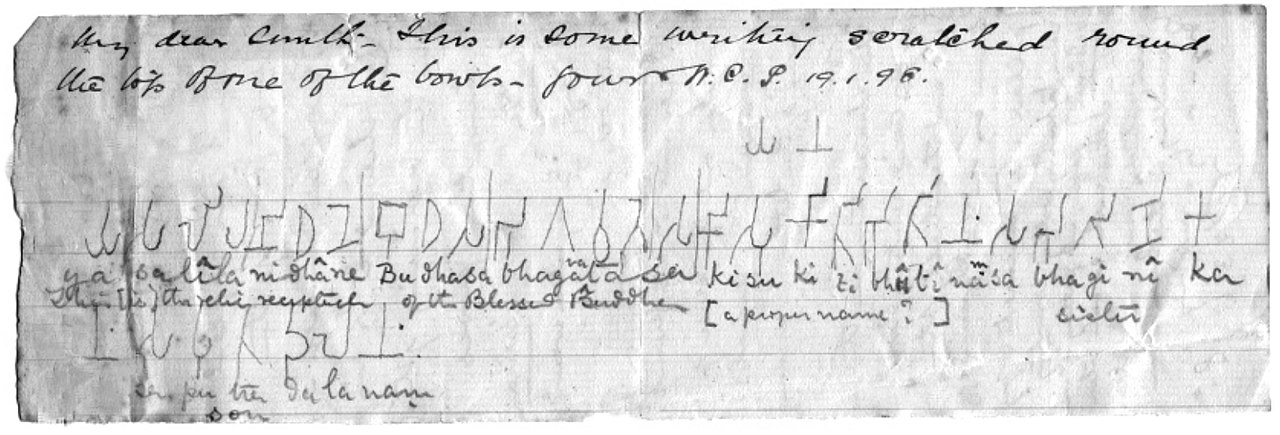
Now , salilanidhane Budhasa Bhagavate means "Relics of the Buddha Lord"
Experts of those age, Vincent Smith, William Hoey, Thomas Rhys Davids and Emile Senart all translated the inscription to confirm that these were relics of the Buddha.
The translation reads,
"This relic-shrine of divine Buddha (is the donation) of the Sakya-Sukiti brothers, associated with their sisters, sons, and wives "
In 1905 John Fleet, a former epigraphist of the Government of India, published a translation that agreed with this interpretation.
However, on assuming the role of Secretary of the Royal Asiatic Society from Thomas Rhys Davids, Fleet proposed a different reading: He claimed the translation was,
"This is a deposit of relics of the brethen of Sukiti, kinsmen of Buddha the Blessed One, with their sisters, their children and wives."
This interpretation was firmly rejected by his contemporaries; following such criticism Fleet wrote: "I now abandon my opinion". Epigraphists of the time subscribed instead to the translation by Auguste Barth:
"This receptacle of relics of the blessed Buddha of the Śākyas (is the pious gift) of the brothers of Sukīrti, jointly with their sisters, with their sons and their wives."
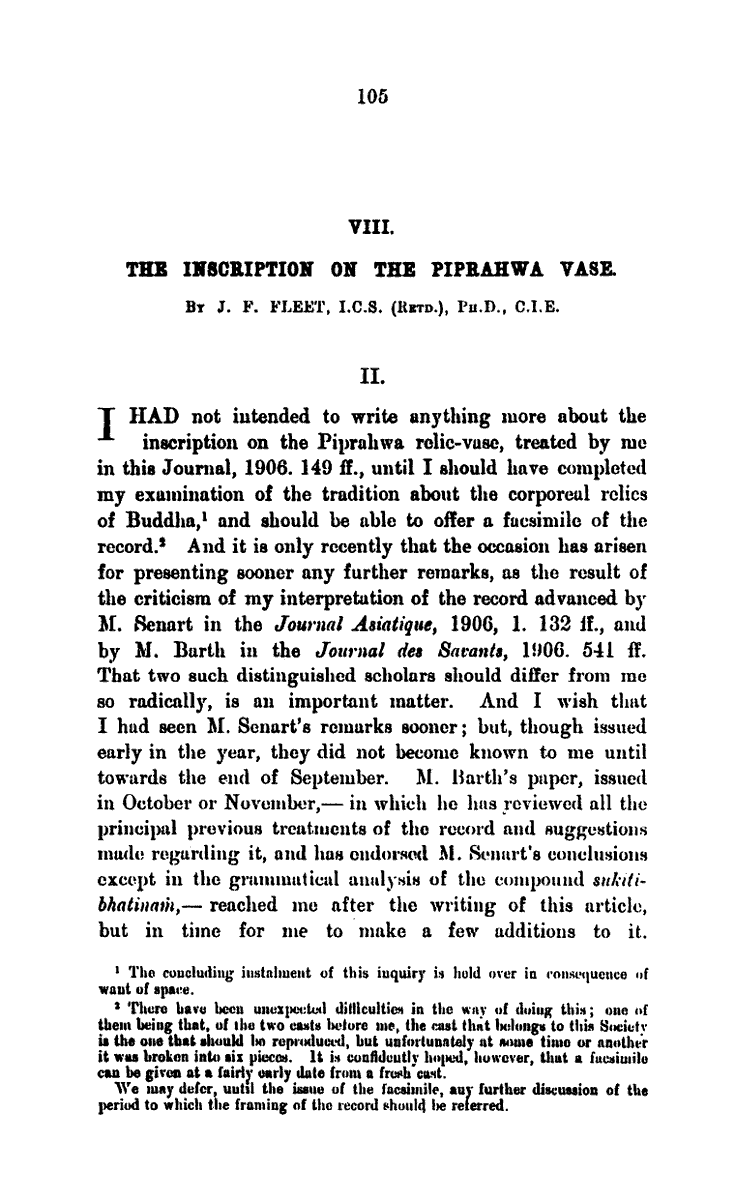
Prof Harry Falk, expert on ancient Indian languages and the Indian historian, Charles Allen, discussed the authenticity of the inscription. Harry concludes that this urn did contain the ashes of the Buddha. You can find this conclusion in this National Geographic documentry.
In 1971, KM Srivastava if ASI-SI excavated Piprahwa extensively and found Kapilvastu.
But Government of India, instead of calling it as The Discovery of Kapilavastu, declared this as excavation of Piprahwa.
You can find the details here,
https://archive.org/details/in.ernet.dli.2015.532810/page/n527/mode/2up?q=Piprahwa
There was even an NYT article about it in 1973.
https://www.nytimes.com/1976/05/23/... north Indian,ancient lost city of Kapilvastu
Indian Government archeological team says it believes it has found a part of Gautama Buddha's “corporeal relics'—bits of charred bones and ashes. —buried in a north Indian villave.
K. M. Srivastava, supcrintendent of the Archeological Survey of India, said excavations begun in 1971 had uncovered relics that lead experts to agree that Piprahwa, a tiny village in Uttar Pradesh, is the site of the ancient lost city of Kapilvastu.
The most important find was a soapstone casket, discovered in 1973, with an inscription on the lid certifying that it contained part of the mortal remains of Prince Siddhartha, who became Gautama Buddha, founder of Buddhism.
archeological team found two burned brick chambers, in which “were enshrined the ccrporeal relics of the Buddha,”Mr. Srivastava said.
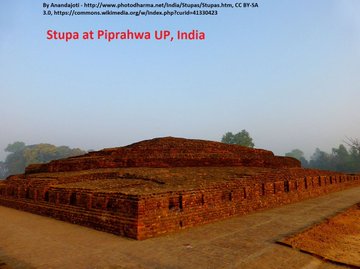
The main stupa at Piprahwa, one of the earliest so far discovered in India, was built in three phases. First was around the time of the death of the Buddha, it was raised by piling up natural earth from the surrounding area. This was in accordance with a request of the Buddha who had asked that he be buried under earth "heaped up as rice is heaped in an alms bowl."
Second was during the rule of Emperor Ashoka, who opened up the original stupas containing the relics of the Buddha then restored the stupa and interred a portion of what he had taken. The remaining relics were distributed to other new stupas. At Piprahwa the restoration consisted of filling thick clay over the structure and of building two tiers to reach a height of 4.55m.
In Third phase was during the Kushan period, the stupa was extensively enlarged and reached a height of 6.35 metres (20.8 ft). The largest structure after the stupa is the Eastern Monastery that measures 45.11m x 41.14m with a courtyard and more than thirty cells around it. The complex includes an additional Southern Monastery, Western Monastery and Northern Monastery.

Today sadly we consider Tilaura Kot in Nepal as Kapilavastu. If this truth was to come out, Nepal will loose big time on Buddhist tourism and the claim that Buddha was from Nepal.
Lakhs of tourists visit "Kapilvastu" of Nepal as Budha spent 29 years of his life in Kapilavastu. Declaring Piprawah as Budha's Burial Place may turn out economic disaster for Nepal.
The Bones of Buddha were found in Piprahwa, UP,India.
The casket was discovered in the year 1898 by William Claxton Peppe at Piprahwa, Basti, UP, India.
William Claxton Peppe was a British colonial engineer and landowner of an estate at Piprahwa. In January 1898. Following the severe famine that decimated Northern India in 1897, Peppe led a team in excavating a large earthen mound on his land. Having cleared away scrub and jungle, they set to work building a deep trench through the mound. After digging through 18 feet of solid brickwork, they came to a large stone coffer which contained five small vases containing bone fragments, ashes and jewels.
THIS is what they found,

The casket found was inscribed in Mauryan Brahmi script and it reads,
'सुकितिभतिनं सभागिनिकं सपुतदलं यम सलिलनिधेन बुधसा भगवते सकियानम्'.
Sukiti-bhatinaṃ sabhaginikanam sa-puta-dalanam iyaṃ salila-nidhane Budhasa bhagavate sakiyanam.

Now , salilanidhane Budhasa Bhagavate means "Relics of the Buddha Lord"
Experts of those age, Vincent Smith, William Hoey, Thomas Rhys Davids and Emile Senart all translated the inscription to confirm that these were relics of the Buddha.
The translation reads,
"This relic-shrine of divine Buddha (is the donation) of the Sakya-Sukiti brothers, associated with their sisters, sons, and wives "
In 1905 John Fleet, a former epigraphist of the Government of India, published a translation that agreed with this interpretation.
However, on assuming the role of Secretary of the Royal Asiatic Society from Thomas Rhys Davids, Fleet proposed a different reading: He claimed the translation was,
"This is a deposit of relics of the brethen of Sukiti, kinsmen of Buddha the Blessed One, with their sisters, their children and wives."

This interpretation was firmly rejected by his contemporaries; following such criticism Fleet wrote: "I now abandon my opinion". Epigraphists of the time subscribed instead to the translation by Auguste Barth:
"This receptacle of relics of the blessed Buddha of the Śākyas (is the pious gift) of the brothers of Sukīrti, jointly with their sisters, with their sons and their wives."

Prof Harry Falk, expert on ancient Indian languages and the Indian historian, Charles Allen, discussed the authenticity of the inscription. Harry concludes that this urn did contain the ashes of the Buddha. You can find this conclusion in this National Geographic documentry.
In 1971, KM Srivastava if ASI-SI excavated Piprahwa extensively and found Kapilvastu.
But Government of India, instead of calling it as The Discovery of Kapilavastu, declared this as excavation of Piprahwa.
You can find the details here,
https://archive.org/details/in.ernet.dli.2015.532810/page/n527/mode/2up?q=Piprahwa
There was even an NYT article about it in 1973.
https://www.nytimes.com/1976/05/23/... north Indian,ancient lost city of Kapilvastu
Indian Government archeological team says it believes it has found a part of Gautama Buddha's “corporeal relics'—bits of charred bones and ashes. —buried in a north Indian villave.
K. M. Srivastava, supcrintendent of the Archeological Survey of India, said excavations begun in 1971 had uncovered relics that lead experts to agree that Piprahwa, a tiny village in Uttar Pradesh, is the site of the ancient lost city of Kapilvastu.
The most important find was a soapstone casket, discovered in 1973, with an inscription on the lid certifying that it contained part of the mortal remains of Prince Siddhartha, who became Gautama Buddha, founder of Buddhism.
archeological team found two burned brick chambers, in which “were enshrined the ccrporeal relics of the Buddha,”Mr. Srivastava said.

The main stupa at Piprahwa, one of the earliest so far discovered in India, was built in three phases. First was around the time of the death of the Buddha, it was raised by piling up natural earth from the surrounding area. This was in accordance with a request of the Buddha who had asked that he be buried under earth "heaped up as rice is heaped in an alms bowl."
Second was during the rule of Emperor Ashoka, who opened up the original stupas containing the relics of the Buddha then restored the stupa and interred a portion of what he had taken. The remaining relics were distributed to other new stupas. At Piprahwa the restoration consisted of filling thick clay over the structure and of building two tiers to reach a height of 4.55m.
In Third phase was during the Kushan period, the stupa was extensively enlarged and reached a height of 6.35 metres (20.8 ft). The largest structure after the stupa is the Eastern Monastery that measures 45.11m x 41.14m with a courtyard and more than thirty cells around it. The complex includes an additional Southern Monastery, Western Monastery and Northern Monastery.

Today sadly we consider Tilaura Kot in Nepal as Kapilavastu. If this truth was to come out, Nepal will loose big time on Buddhist tourism and the claim that Buddha was from Nepal.
Lakhs of tourists visit "Kapilvastu" of Nepal as Budha spent 29 years of his life in Kapilavastu. Declaring Piprawah as Budha's Burial Place may turn out economic disaster for Nepal.




